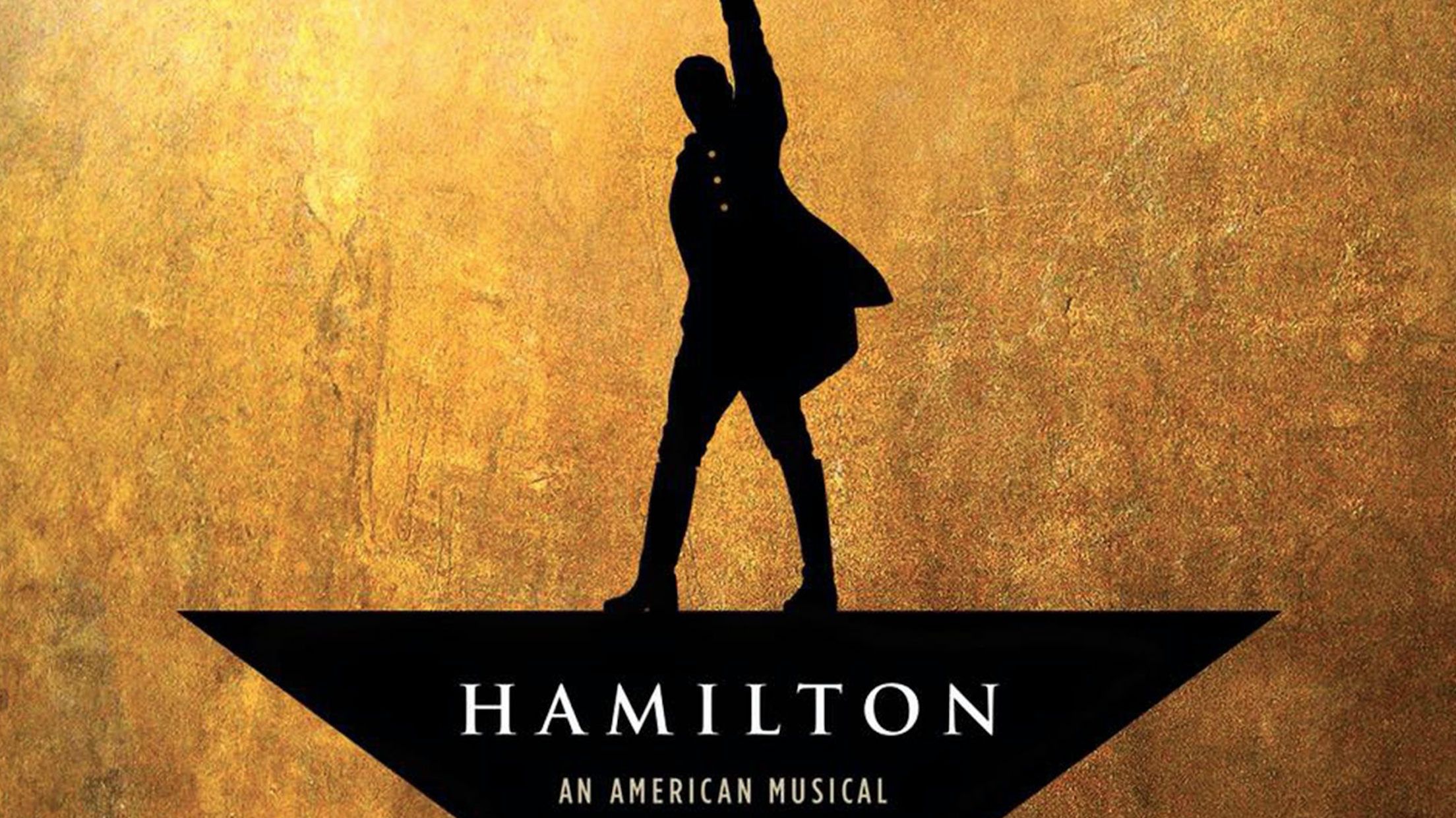If you haven’t heard of Broadway’s latest phenomenon, Hamilton: An American Musical, you’re probably living under a rock. Hamilton, a rap-musical chronicling the life of founding father Alexander Hamilton, premiered on Broadway last year. Written, composed, and starred in by Manuel Miranda, the show is sold out for the remainder of its current run on Broadway and second party tickets in any part of the theater are now being sold for at least $700 each. What makes Hamilton so terrific? What caused Michelle Obama to dub Hamilton, “the best piece of art in any form that I have ever seen in my life”?

First, Hamilton puts rap and hip-hop center stage. Hamilton’s astounding 35 musical numbers (most shows have half this number) cover a wide variety of musical styles, most of which are fast-paced and modern, a deviation from the norm of a “Broadway show.” While Hamilton was not the first show to attempt rap music on Broadway, it is the first-ever successful integration of hip-hop music. A song narrated by Marquis de Lafayette, “Guns and Ships,” actually contains the fastest spoken line in Broadway history.
In Hamilton, the discriminatory typecasting and whitewashing of casts (which has been the cause of recent controversy in the media) for historical accuracy is completely ignored. Hamilton’s cast is comprised almost exclusively of people of color. Miranda made these casting decisions deliberately to make the cast, “look like America looks now, and that’s certainly intentional…It’s a way of pulling you into the story and allowing you to leave whatever cultural baggage you have about the founding fathers at the door.” The show embraces the diversity of American history and breaks boundaries that all too often restrict people of color in show business.
In addition to breaking racial barriers, in Hamilton, Miranda addresses the traditions which restricted women during this time period, and why we often don’t hear about influential women during the American Revolution. The story told of America’s founding is one dominated by male figures but Miranda makes a real effort to give Eliza and Angelica Schuyler (Alexander’s wife and sister-in- law, respectively) more agency and inner life than they are typically granted.
Hamilton is also unique among Broadway shows for instituting profit sharing with the performers that helped develop the show. Actors stand to make hundreds of thousands from the deal, and it likely will change how future Broadway shows operate.
Miranda’s Hamilton makes a statement about and attempts to rectify the limitations faced by people of color and women in show business, and does so in a brilliant and tremendously captivating way.






